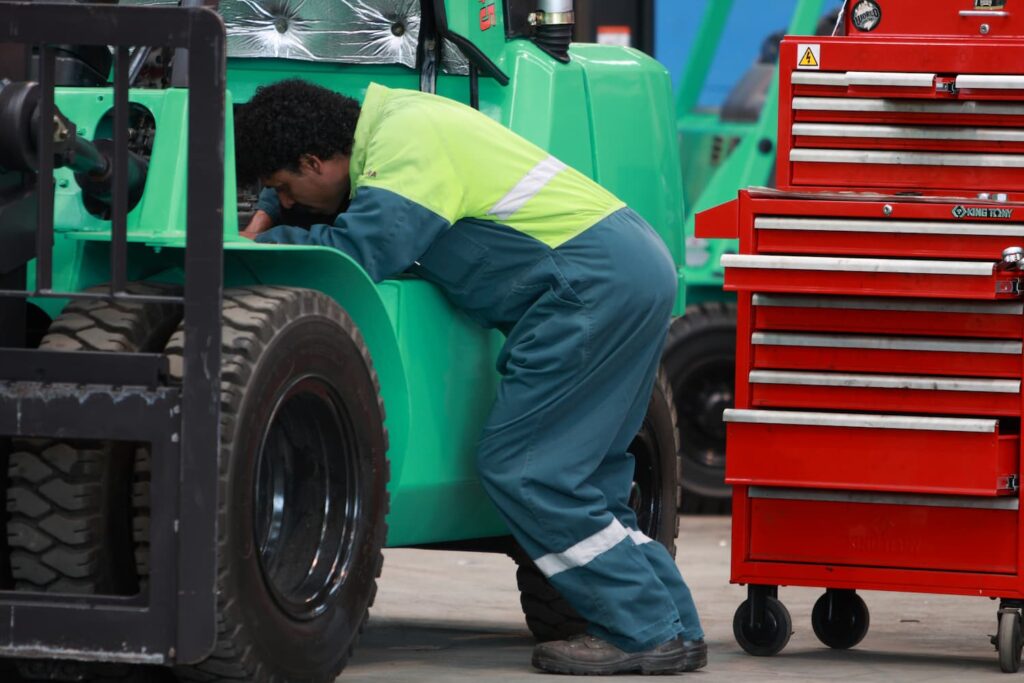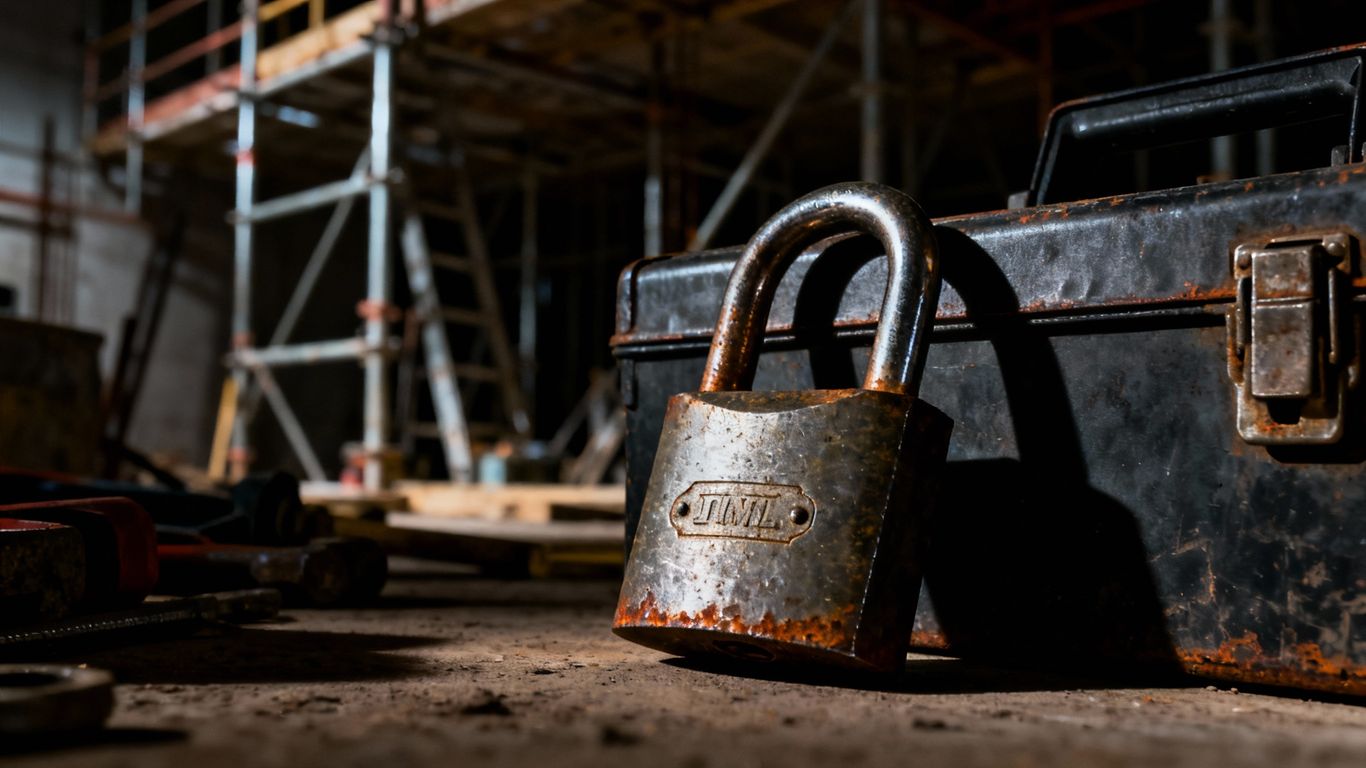Kia ora! Based on several decades in forklift sales and rentals in New Zealand, I see firsthand the vital role these machines play in keeping our industries humming. But just like any workhorse, forklifts need regular checkups to ensure they’re operating safely and efficiently. That’s where the Warrant of Fitness (WoF) comes in.
What’s a WoF and Why Does it Matter?
Think of a WoF as a health check for your forklift. It’s a mandatory inspection by a certified professional to ensure your machine meets strict safety standards. Just like we wouldn’t drive a car with faulty brakes, operating an unsafe forklift puts you, your colleagues, and your cargo at risk. Not to mention, a forklift without a valid WoF is illegal to operate on public roads, and could lead to fines and insurance headaches.
WoF Requirements for Forklifts in NZ
The New Zealand Transport Agency (NZTA) is responsible for Forklift WoF inspections. Here’s the breakdown for forklifts:
- Applicable Forklifts: Forklifts operated on public roads must be registered and require a WoF [1].
- Forklifts on Private Property: Forklifts used solely on private roads do not require a WoF, but they must still be safe and meet basic lighting requirements if operated at night [1].
WoF Inspections and Considerations
- Inspection Process: During a WoF inspection, qualified technicians will examine key components like tires, brakes, steering systems, LPG systems (if applicable), and safety features like lights, alarms, and seatbelts. They’ll be looking for any wear and tear, leaks, or damage that could compromise safety [1].
- Modifications and Inspections: Modifications affecting safety may require additional inspection by a Low Volume Vehicle (LVV) or Heavy Vehicle Specialist (HVS) specialist [1].
- Vehicle Identification: Forklifts do not require permanent vehicle identification, but if one exists it must be recorded during the inspection [1].
- Heavy Forklifts: Heavy forklifts (over 3500kg Gross Vehicle Mass (GVM)) can only be inspected and certified by an organization with “Heavy vehicle, exempt from CoF” authorization [1]. The GVM is the sum of the forklift’s weight, fuel, crew, and lifting capacity [1].
Preparing for your WoF Inspection
Just like you might give your car a quick wash before a service, you can do a few things to make your forklift WoF inspection smoother:
- Check fluid levels and tire pressure.
- Ensure all safety features are functional. This includes lights, alarms, and seatbelts.
- Address any known issues beforehand. Don’t let a minor problem turn into a failed WoF.
Finding a WoF Inspector:
Finding a certified WoF inspector for forklifts is easy. You can check the NZTA website or reach out to industry associations for a list of qualified professionals.
The Bottom Line
Forklifts are powerful tools, and a commitment to safety is paramount. By prioritizing regular WoF inspections, you’re not just complying with the law for operating on public roads; you’re creating a safer work environment for yourself and everyone around you. Remember, a safe forklift is a productive forklift!
For more information on forklift WoF requirements, you can visit the NZTA website or contact industry associations for further resources.
[1] vehicleinspection.nzta.govt.nz/virms/in-service-wof-and-cof/forklifts/introduction


